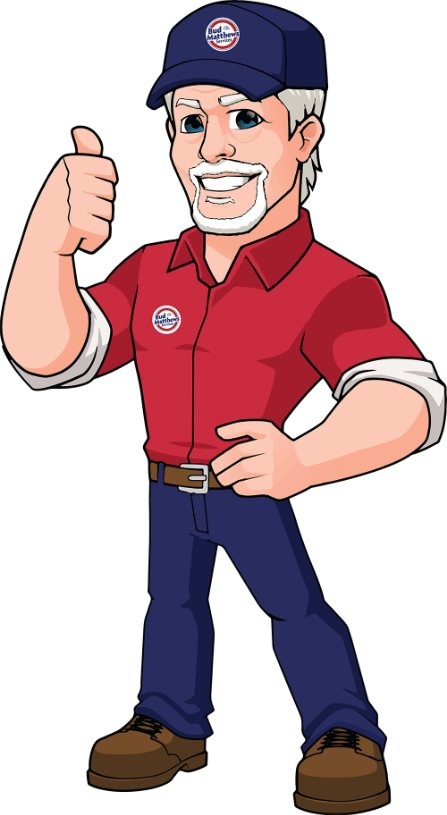A heat pump is one of the best options for home comfort available today, since it offers both air conditioning and heating in a single system. All your needs for comfort during the year can be taken care of in one installation!
Heat pumps operate in a similar way to the conventional air conditioner: a compressor places chemical refrigerant under high pressure, which then causes it to circulate around the system, where through a process of evaporation and condensation it absorbs and releases heat. The difference with a heat pump is that it can switch the job of its indoor and outdoor coils: where an air conditioner can only absorb heat through the indoor coil and release it through the outdoor coil, the heat pump can pull a swap so that the outdoor coil absorbs heat and the indoor coil releases it.
The heat pump parts that make the difference
There are a number of specific parts in a heat pump that permit it to be able to switch the jobs of the coils:
- The reversing valve: This is the key component that allows a heat pump to be both a cooling and heating system. This valve is attached to the refrigerant line where it exits the compressor, and depending on where it the valve is set, it will either direct the refrigerant to the outdoor coil first (cooling mode) or the indoor coil first (heating mode).
- The suction line accumulator: When in heating mode, a heat pump uses less refrigerant to do its job. Where does the extra refrigerant go during this time? It’s stored in a part called the suction line accumulator, which is located between the reversing valve and the compressor.
- The Crank case heater: To avoid problems from slugging, the backflow of cold liquid refrigerant into the compressor that can cause extensive damage, a heat pump has a crank case heater to rapidly warm up the refrigerant.
If you’re interested in installing a heat pump, or you wish to schedule service for one, simply call on Bud Matthews Services in Durham, NC.

